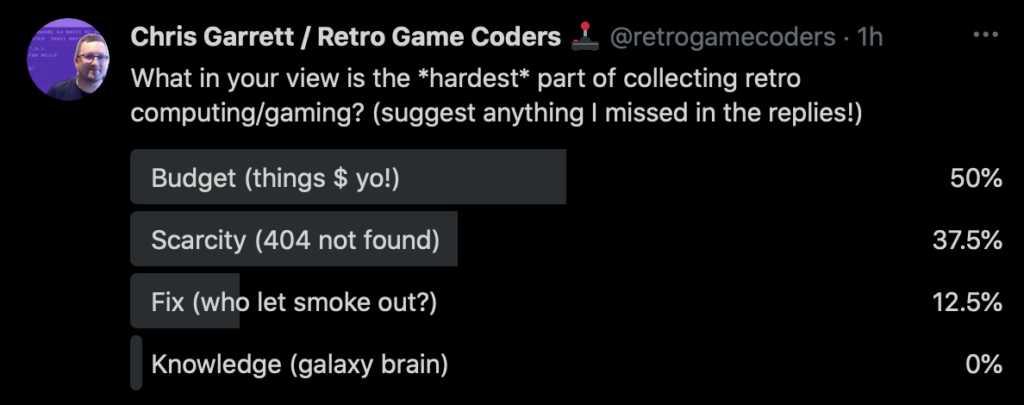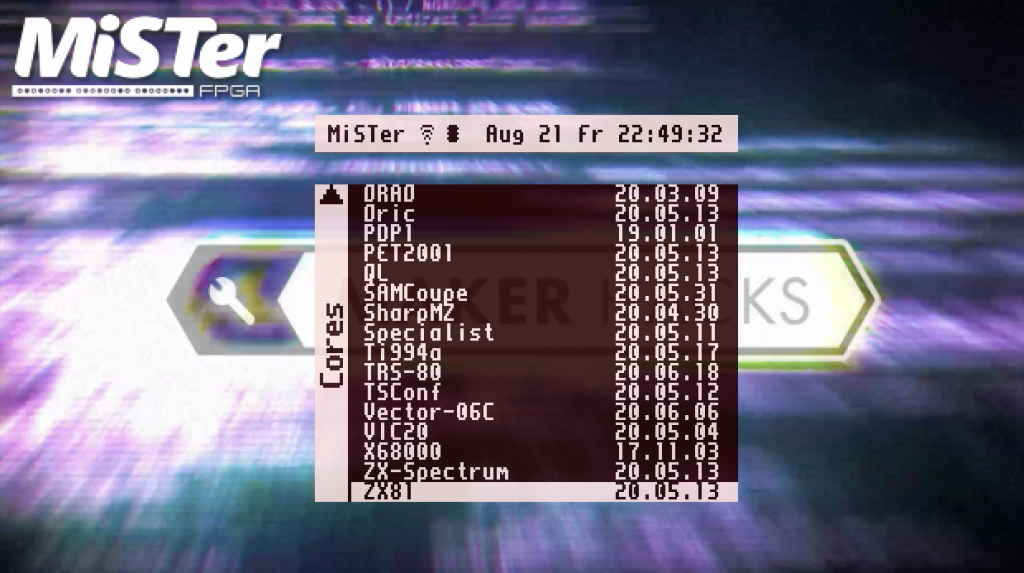
Like many people in the last few years, I went from being satisfied with modern smartphone recreations to collecting (too many) original machines, and this was only accelerated by the global pandemic.
Outside of downloading a modern version of a retro game onto your machine and playing it, what are the options for anything from a gaming nostalgia fix to really getting into retro gaming?
Option 1: Buy original retro hardware
While the “full experience” relies on getting the actual hardware, original retro hardware has a lot of issues …
- Costs are increasing – All related items going up in price and scarcity will only increase as things fail
- Power supplies fail so you will need a modern replacement or risk damage
- Audio/Video connections with modern monitors
- Chips that fail might not be made any longer
- Capacitors and batteries leak and corrode circuitry
- Physical media like disks, tapes, cartridges can stop working as they age
- Plastics yellow and can become brittle
- Soft plastic/rubber degrades or crumbles
- Metal rusts/corrodes
- Buying from eBay/Facebook/Craigslist and the risks involved
I asked on Twitter what the hardest part about retro game collecting was and (at the time of writing) here are the results:
Option 2: Pre-built and “Mini” recreations
The companies who own or license the intellectual property soon discovered the growing trend and got right on it, and in part they expanded the trend with their marketing muscle.
Of course, costs and quality varies, but these little guys are in themselves collectible. While a nice side effect, the downside is if you can’t buy them new, some are going for inflated prices.
In the case of The C64 mini, it’s a nice little machine but for a better experience you really need its big brother, dubbed the “maxi” with full working keyboard, as many C64 games require keyboard input that the on-screen keyboard is a pain for. Unfortunately, the maxi is still not convenient to get hold of in North America so factor in import duty/shipping.
As well as official gadgets, there are also other products you can buy. I particularly like the Bittboy handheld.
Option 3: Emulators on your PC, Mac or Linux
The king of the emulation software is MAME (Multiple Arcade Machine Emulator), especially as the MAME and MESS (Multi Emulator Super System) projects merged. Essentially, it’s a one-stop-shop for emulating arcade and home hardware from the 1970s through to the late 1990s.
Note, due to legal reasons, MAME doesn’t come with games or even in some cases the firmware/bios/operating system for these machines, so you might need to follow the instructions to get up and running.
While there are specialist emulators, such as Vice for Commodore 8-bit emulation, nothing beats MAME for being a quick all in one.
Option 4: Raspberry Pi
Why use a single board computer like the Raspberry Pi and RetroPie or other emulator?
Part of the reason is keeping work and play separate – you can have the Pi plugged into your family TV.
Another reason is there are disk images that contain everything you need to get playing quickly. Burn to your SD card, plug it in, and play.
While not strictly legal, so long as you are not distributing or worse, selling these things, the hope would be the IP owners don’t care enough to hunt anyone down!
It’s not just RetroPie, I built a really authentic feeling Commodore 64 out of a broken C64 and a Raspberry Pi.
Option 5: MiSTer / FPGA
A step up in accuracy, but a fair bit more expensive, is MiSTer FPGA.
While RetroPie and MAME emulate these original machines, with an FPGA the hardware is recreated at the chip logic level. For purists and developers, this means it is as close to the real thing as possible on modern hardware. Check out the MiSTer FPGA project here.
The downside is it is a huge undertaking to recreate those circuits, and that means the range of machines being implemented is less than what you can get elsewhere.
What did I miss?
I am sure there are options I haven’t thought of while writing this – let me know @retrogamecoders!
Please note that Geeks are Sexy might get a small commission from qualifying purchases done through our posts (as an Amazon associate or a member of other affiliate programs.)
Tags: Games, gaming, retro games, video game, video games


